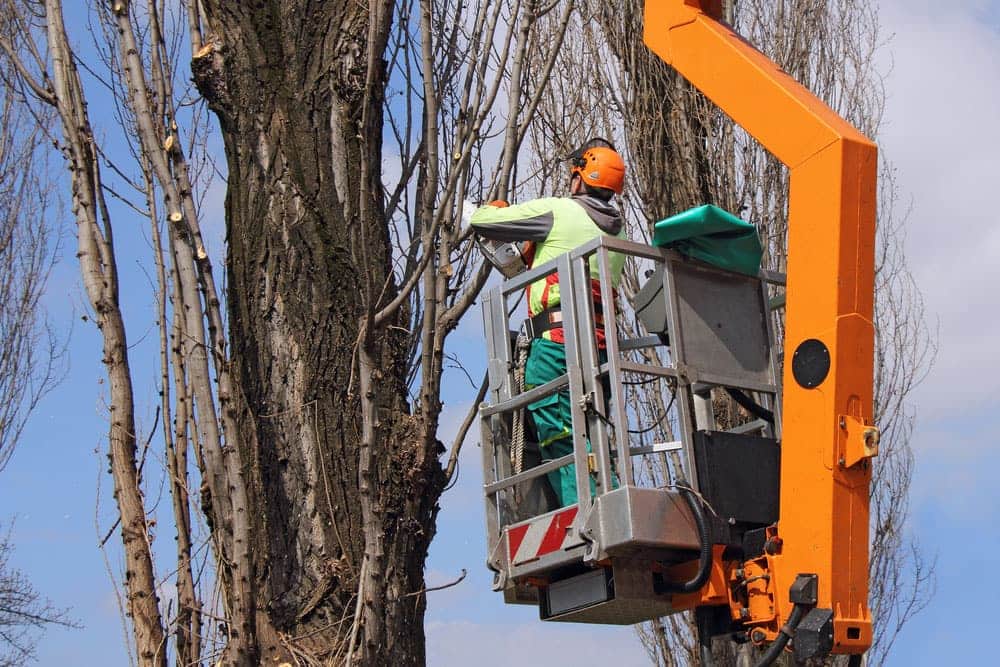Is My Tree Dead? Is Tree Removal Required?
Trees are living things and, thus, death is a natural part of their life cycle. The death of a mature tree can be sad, particularly if you’ve been nurturing it for much of its life. It can also be very unexpected as it may have seemed to be in good health. By the time a tree is noticeably dying or diseased, it is generally too late and tree removal required by qualified arborists. However, there are some signs you can look out for and catch before it is too late.
Fungal Growth/Pests
If you notice fungal or parasitic growth on your tree, don’t panic! It may not be the end. While many growths can be a sure sign of a tree in decline, some are also treatable. A common affliction is root rot. This is caused by fungi attacking the roots through the soil around the base and will require a tree care specialist to come and treat. If you notice leaves wilting in the warmer months, then your tree may be affected by root rot. Thankfully the fungus that causes root rot doesn’t tend to spread itself around, meaning one tree can be affected while another one next to it is completely fine.
Some common pests that should be dealt with immediately are aphids, scale insects, mealybugs and psyllids all of which spread disease amongst plants and trees.
Cracks In The Trunk
This can be a little bit harder to spot, particularly with some trees’ bark having a somewhat cracked appearance already. This is a sign of physical stress on the tree, rather than biological reasons. It may be that the roots are being damaged by underground obstructions or that there are issues with the soil in which the tree is planted. Whatever the reason, it is not always easily fixed and will generally require complete tree removal by professional arborists with specialised equipment.
Flexibility
This is an easy test you can do when doing some tree trimming to get an idea of the trees health.
Take a twig and bend it in your hands, applying only slight pressure at first so that you’re bending, rather than snapping it. A healthy twig will show a lot of flexibility and take a higher amount of pressure to snap. A dead or dying twig will snap almost immediately, with a very small amount of pressure applied to it. Be sure to do this with multiple twigs from different points on the tree to see if only certain areas of the tree are affected.
Colour
This is another simple test you can perform if you suspect the tree’s health is declining. Again, take a twig from the tree, but this time scratch away at the outer layer until the layer underneath is exposed. If the layer underneath is a vibrant green, then it is in great health and full of nutrients and moisture, no worries to be had there. If the colour is brown or even a dull green then there is usually a problem. This could mean that the tree is suffering from a lack of nutrients or is diseased and dying. The darker the colour, the more trouble the tree is in. As with the flexibility test, be sure to do this to a few twigs from different branches to get an idea of the overall health of the tree.
A1 Sure Services, no job is too big or too small. As a family-run business with over 20 years of arborist experience, we provide high-quality and affordable tree care services to residential and commercial clients, Auckland-Wide.
We have public liability cover of up to $2,000,000, providing you with total peace of mind.
Our services include tree removal, tree felling, land clearing, tree trimming, tree pruning, stump grinding, stump removal and emergency tree services. We also offer a free on-site inspection typically within 48 hours of enquiry and highly competitive pricing every single time.
Contact us today for a free no-obligation, on-site inspection. Request a quote here!

